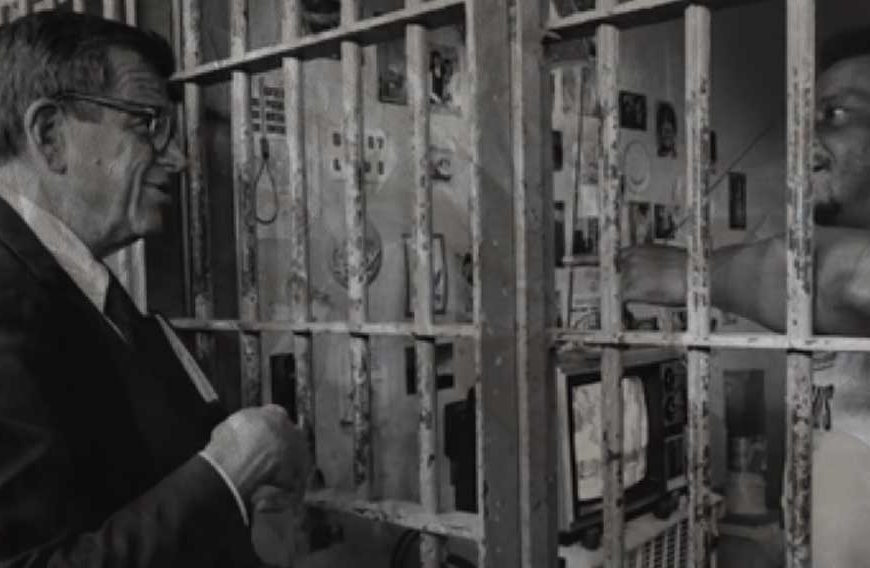The Next Revolution: Resisting the Cult of the Self by Cindy McGarvie is a helpful antidote to so much of what ails us:
The other day I penned a piece noting two radically different lifestyles. I noted that we can judge a culture by some of its more popular television programs, including hit reality TV shows. I mentioned “Botched” and “The Housewives of…” as examples of programs that feature those who seem to be overwhelmingly hedonistic, narcissistic, obsessed with self, and oblivious to that which really matters.
They seem to have no awareness of meeting the needs of others nor of glorifying their Creator. In contrast, are those who are committed to Christ and committed to making a positive impact in the world around them. But as I also wrote in that article, far too many believers are not all that different from their pagan counterparts.
This new volume by the National Director of Youth for Christ Australia seeks to offer a radical alternative. It includes a call for committed discipleship, resisting the spirit of the age – which is focused solely on self – and making a difference in the culture wars and beyond.
It is a call, in other words, for a return to the sort of hardcore lifestyle that characterised the early church. She frames all this with an analysis of the current crisis and how it came about, particularly in two recent revolutions: the counter-culture revolution of the late 60s, and the Jesus revolutions which came hot on its heels.
Given that I was heavily involved in both revolutions back in America, this volume covered much familiar territory. But its main themes are well worth addressing once again. And the main bulk of this volume is looking at how destructive the cult of self has been, and how it must be resolutely resisted.
Thus she has a number of chapters focusing on the counter-culture and its various manifestations, including the drug culture, Marxist politics, women’s lib, alternative religions and the New Age movement, radical environmentalism, and the sexual revolution. Familiar figures such as John Lennon, Timothy Leary, Bob Dylan, Herbert Marcuse, Malcolm X, Betty Friedan and others are discussed.
Consider her chapter on the women’s liberation movement. She notes how very real and necessary gains were made during this period. However, there was also a very real downside. She lists some of the bitter fruit of second-wave feminism, including:
The increase in violence against women; the objectification and abuse of women through porn and prostitution; the sexualisation of young girls; the explosion in abortions; and the delay in childbirth until it is too late. In general, women today seem to be less happy and less fulfilled than ever.
She also looks at the Jesus Revolution, including people like Chuck Smith of Calvary Chapel in California – a person and place now being celebrated in the new film, Jesus Revolution, starring Kelsey Grammer. The biblical alternative to the radical 60s was the outbreak of so many old hippies coming to Christ – of which I was one.
God had raised up a clearly defined alternative to the cult of self that the 60s counter-culture ended up embracing and promoting. Keith Green, Greg Laurie and so many others came to faith during this period. It was an incredible time to be alive, and God was clearly at work.
However, both revolutions have tended to go in differing directions. While the secular revolution moved those on the fringes of society into the mainstream of culture, with all areas now under the control and influence of the radical secular left, sadly the Jesus revolution did not have such a sustained and massive impact.
If anything most of those in our churches today – including evangelical ones – are just as much focused on self and ‘personal peace and affluence’ as Francis Schaeffer put it, and are offering little resistance to the surrounding culture. Too many believers are just parroting the lifestyle and worldview of the world around them.
Thus we need a new resistance movement. We had it 2000 years ago. We had it at various times throughout church history. We had it during the Jesus Revolution, but we sure do need it now. McGarvie devotes her closing chapters to this matter.
She first looks at the early church and how it was a true counter-culture community, turning the world upside down as Acts 17:6 reports. The first Christians offered a genuine alternative to the surrounding Greek and Roman culture. They provided a real inversion of its beliefs and values.
Obviously, instead of selfishness and self-centredness, the early Christians were known for their love and care of others, even of their pagan neighbours. Thus hospitality and help for the poor and suffering were hallmarks of the early believers.
This was of course based on the Christian notion of all people being of value since they are all made in the image of God. Forgiveness and reconciliation and community also characterised the early church, as did an emphasis on the sanctity of life and sexual purity.
All that was very radical stuff indeed. This was true Christian resistance. We need the same today. A new emphasis on the utter cruciality of the Christian family is a part of this, as is the importance of the local community of believers. And suffering has to play a role here – it is not to be avoided, but seen as a source of great strength.
Says McGarvie: “Resistance involves suffering, swimming upstream in the current culture, refusing to compromise Christian values, dethroning self, lifting others, putting family and others first, and seeking to live a life that honours God. This will cost.” She quotes Solzhenitsyn in this regard:
Accepting suffering is the beginning of our liberation … Suffering can be a source of great strength. It gives us the power to resist. It is a gift from God that invites us to change. To start a revolution against oppression. But for me, the oppressor was no longer the totalitarian communist regime. It’s not even the progressive liberal state. Meeting these hidden heroes [those who suffered in the gulags] started a revolution against the greatest totalitarian ruler of all: myself.
In her final chapter, she reminds us of how the original twelve disciples were such a radical and revolutionary force. And she also reminds us that we must follow in their footsteps. She writes:
Yes, the next revolution surely must be amongst God’s people – to capture and cast out the hollow philosophies of the world that destroy our families and steal our children, and to stop serving our hedonistic self. We need to return to God’s truth and reclaim our identity as blood-bought children of God. And we need to disciple our kids and new converts or else they will not stand against the prevailing pressure to conform to the world.
She closes by discussing one of the characters from Huxley’s Brave New World, John the Savage, who chose suffering and the older verities and values over hedonism and the security of Statism. She says:
“The next revolution for Christians is to forsake the pleasures and lies of the empty philosophies of the World State and return to the old tradition of the Savage Reservation, where there is true freedom. God offers us freedom through struggle, danger, and death; therefore, crucify self, hack it to pieces, bury it, spit on its grave, and radically follow Jesus.”
Quite right, Cindy.


















